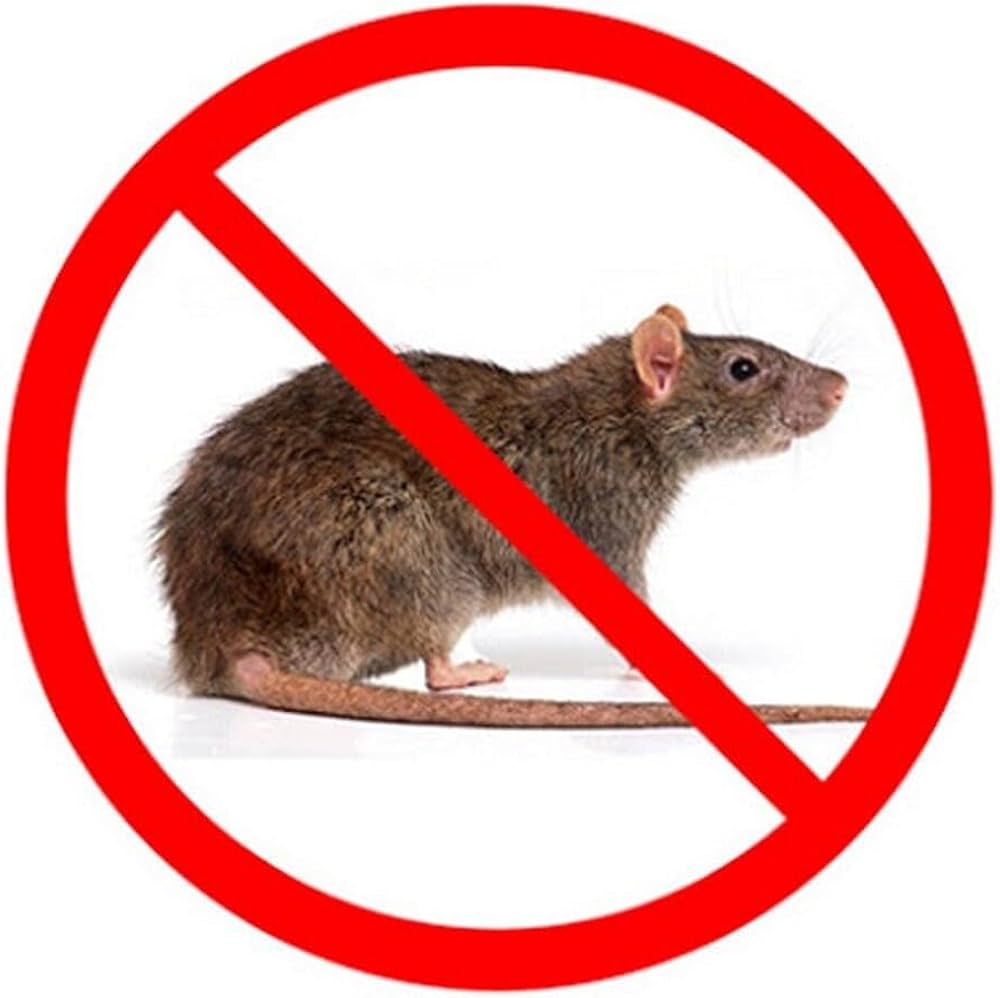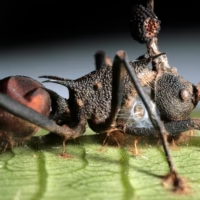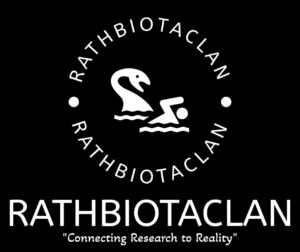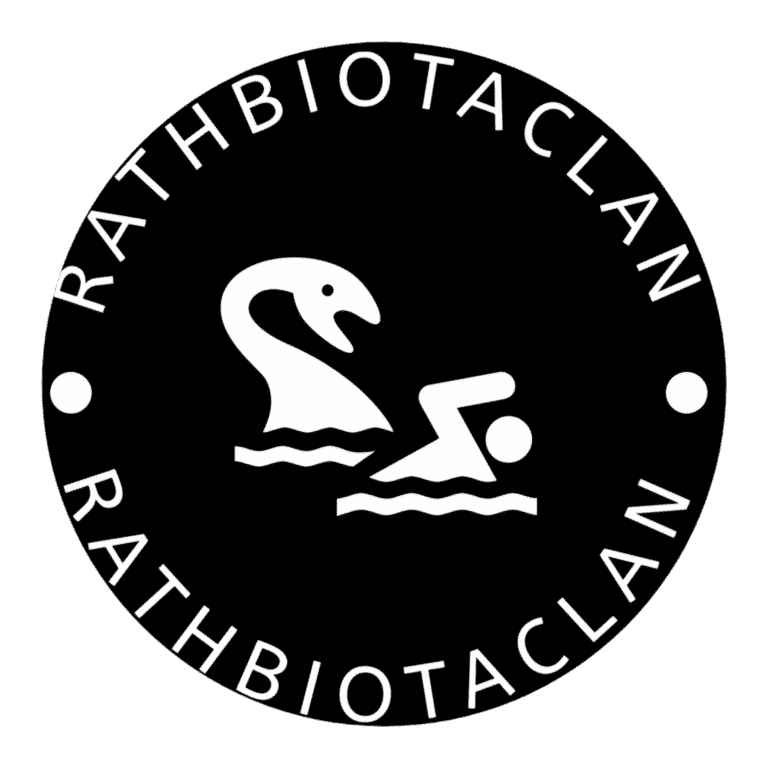California rat poison ban sets a new national standard as Governor Gavin Newsom signs the Poison-Free Wildlife Act into law. This bold step aims to protect vulnerable species like mountain lions, raptors, and foxes from the lethal impacts of anticoagulant rodenticides (ARs). By targeting these toxic substances, California is once again leading the charge in environmental protection and ecosystem conservation.
Why California Rat Poison Ban Was Urgently Needed
Anticoagulant rodenticides are designed to kill rodents, but they often poison other animals that feed on the contaminated carcasses. These chemicals cause internal bleeding, organ failure, and death in predators.
A study by the California Department of Fish and Wildlife found alarming levels of contamination:
- 88% of tested raptors showed signs of AR exposure
- 95% of mountain lions tested had AR in their systems
Wildlife like the San Joaquin kit fox and northern spotted owl suffer immensely from this secondary poisoning.
A Victory for Conservation Advocates and Wildlife
“This landmark bill shows why California is the true environmental leader,” said J.P. Rose, policy director at the Center for Biological Diversity. Years of advocacy from conservationists have finally paid off.
The California rat poison ban represents a powerful pushback against chemicals threatening endangered species. The new law bans many first-generation ARs, including warfarin and chlorophacinone, giving nature’s pest control agents a better chance to thrive.
Birds of Prey: Nature’s Rodent Control Solution
Predators like owls and hawks are essential to natural rodent control. However, poisoned prey leads to poisoned predators.
Lisa Owens Viani, director of Raptors Are The Solution, emphasized:
“If we use these poisons, we’re killing our best allies in managing rodent populations naturally.”
The California rat poison ban ensures these top predators continue protecting ecosystems without falling victim to human intervention.
Safe, Eco-Friendly Rodent Control Alternatives
While limited AR use is still allowed in cases involving agriculture, water protection, or public health, the bill encourages:
- Sealing rodent entry points
- Maintaining clean environments
- Using fertility control
- Applying humane traps
These approaches are non-toxic, sustainable, and better for the environment.
California’s Leadership May Inspire National Change
Jennifer Hauge of the Animal Legal Defense Fund believes California’s bold move can influence federal action:
“May this new moratorium on anticoagulant rodenticides lead the way for innovation across the country.”
With so many species hanging in the balance, California’s stand may become a turning point for national environmental policy.
Conclusion
The California rat poison ban marks a major step forward in protecting both animals and ecosystems. It ensures a safer future for countless species and sets an example of how science, policy, and public advocacy can come together to protect the natural world.
Engage with Us:
Stay tuned for more captivating insights and News. Visit our Blogs , Science paper , Study Portal and Follow Us on social media to never miss an update. Together, let’s unravel the mysteries of the natural world.



















